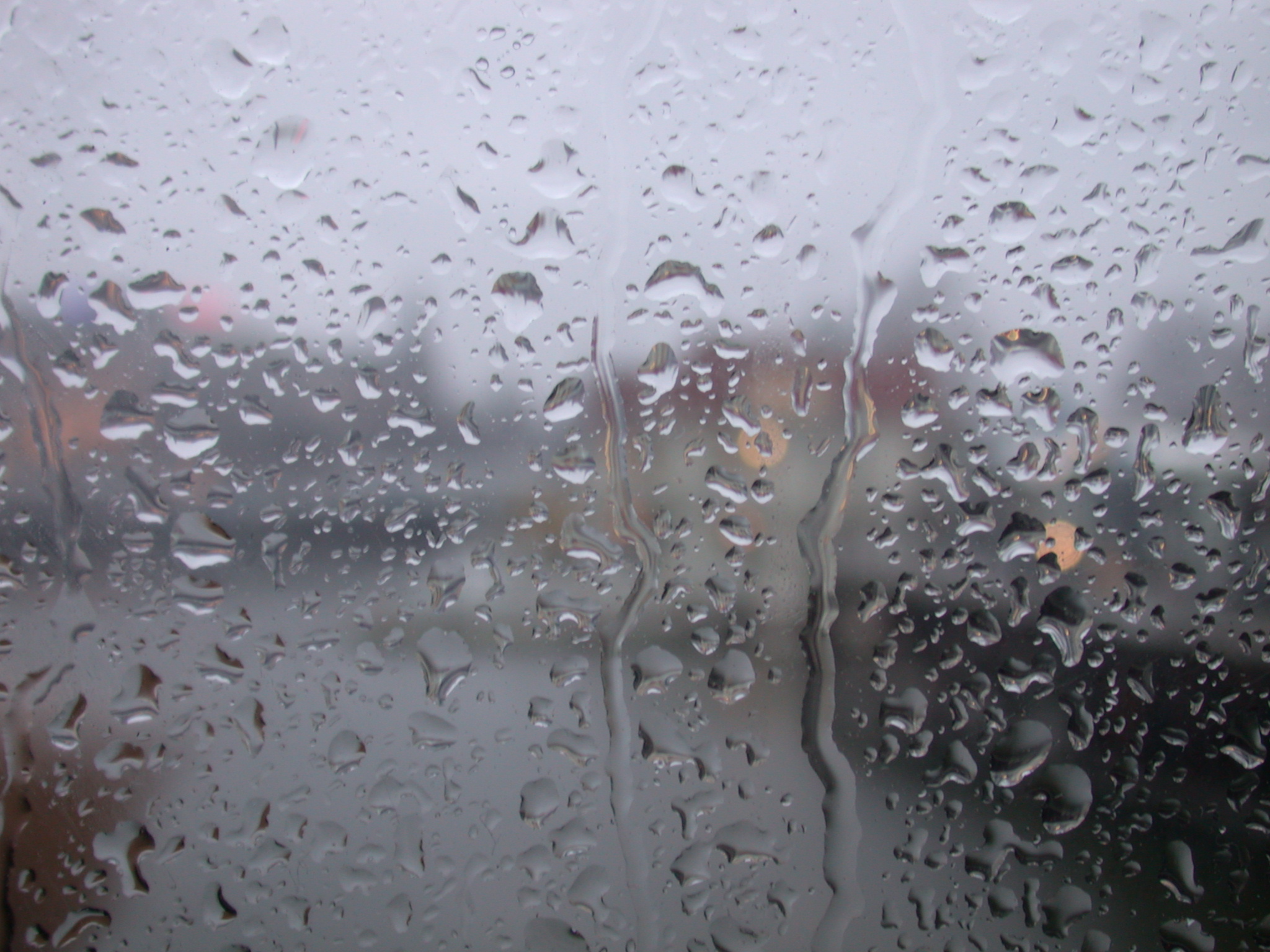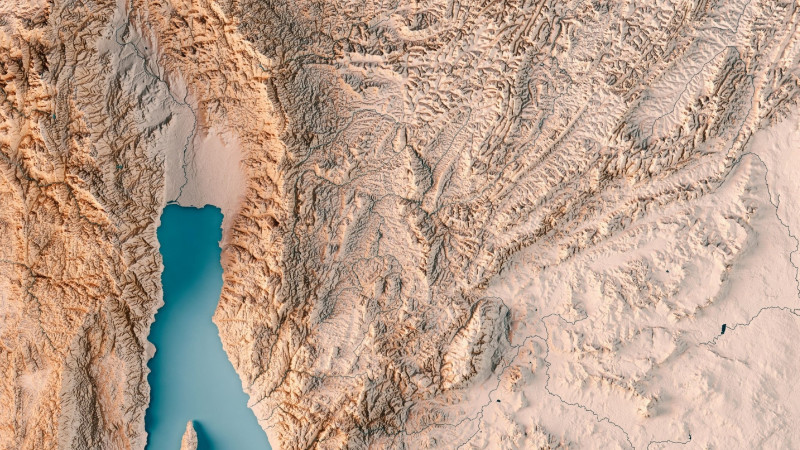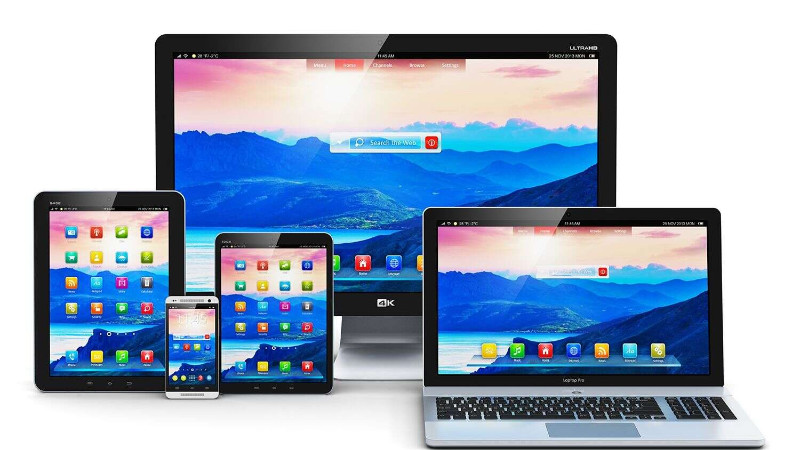Open The Gates For $255 Payday Loans Online Same Day By using These Simple Suggestions
 States and Metro Areas With the Most Unbanked Households
States and Metro Areas With the Most Unbanked Households
Advertiser disclosure You’re our first priority. Every time. We believe everyone should be able to make sound financial decisions without hesitation. While our website does not feature every business or financial product available on the market, we’re proud that the advice we provide and the information we offer as well as the tools we design are objective, independent simple, and free. So how do we make money? Our partners pay us. This could influence the types of products we review and write about (and the way they appear on the site) however it doesn’t affect our suggestions or recommendations, which are grounded in many hours of study. Our partners cannot promise us favorable review of their services or products. .
States in the United States and Metro Areas With the Most Unbanked Households
by Laura McMullen Assistant Assigning Editor Personal finance, financial news Laura McMullen assigns and edits financial news content. She was previously a senior journalist at NerdWallet and was responsible for the process of saving, budgeting and making money. She was also a contributor to “Millennial money” column for The Associated Press. Prior to making the move to NerdWallet in 2015, Laura worked for U.S. News & World Report in which she created and edited information on the health and wellness of students, careers and other topics and also worked on the rankings of the company. Before joining U.S. News & World Report, Laura interned at Vice Media and studied journalism as well as history and Arabic at Ohio University. Laura currently lives in Washington, D.C.
Sep 28 Sep 28, 2016
A majority of the products we feature come from our partners who pay us. This influences which products we review and where and how the product is featured on the page. But this doesn’t affect our assessments. Our views are our own. Here’s a list and .
The perks at the local bank extend beyond complimentary coffee and chocolateThey offer things that you might consider to be a given, such as free check cashing and loans with reasonable interest rates. However, for more than 9.5 million people who aren’t banked within the U.S., these services come with a hefty price and one that NerdWallet discovered adds up to hundreds of dollars every year.
The U.S., 7.7% of households did not have a member with a bank account in the latest FDIC National Survey of Unbanked and Underbanked Households, which is the most up-to-date collection of data available. That was down from the 2011 version of the Federal Deposit Insurance Corp.’s biannual survey, and the number fell to 7% in 2015, as per an overview of the most recent version, due to be published in October.
Benefits not used, additional fees
Although less families are turning away from banks, the ones who do are missing out on the opportunity to build emergency funds, and secured credit cards which can help build credit. They’re not able to take advantage of the entire array of protections against fraud offered by federally insured banks and credit unions offer as well as access to online or mobile banking tools that can save them both time and cash. (Read NerdWallet’s coverage of the nation on the topic to find out more about options for unbanked consumers, like .)
Households that don’t have an account with a bank also have to pay loads of fees to costly alternative financial service providers. NerdWallet tallied the costs of money checks, cashing orders and debit cards that are prepaid. The households with no bank accounts that have a prepaid debit card that allows direct deposit pay an average annual amount of $196.50 in fees, while those who are not banked and utilize a prepaid debit card with no direct deposit have an average annual amount of $488.89 in fees. (See our complete methodology for more information.)
Unbanked households are reported by metropolitan and state
We examined our $196.50 and $488.89 figures as percentages of each state’s average 2013 income for households that don’t have an account with a bank that are using FDIC data. Explore the map below to find the states in which households without a bank account are hit the hardest with fees, using both the higher ($488.89) and the lower ($196.50) figures. You can also find out which states have the highest number of households that do not have a bank account.
The tables below illustrate the percentage of unbanked households in the 22 metro areas , and across all states and Washington, D.C. We calculated costs of having a bank account by dividing it into the household’s income that is unbanked in that metro area, as provided by the FDIC. We excluded three major metro areas for which some data were unavailable: San Diego-Carlsbad-San Marcos, California; Sacramento-Arden-Arcade-Roseville, California; and San Antonio, Texas.
In metro areas, households are not banked.
UNBANKED HOUSEHOLDS ARE FINANCED BY THE
The Rank (most to least)
State
A percentage of households aren’t banked
Average unbanked household income
Total unbanked expenses to all families (lower estimate)
Total unbanked costs for all homes (higher estimate)
Average unbanked costs as percentage of income (using higher estimate)
1
Mississippi
14.5%
$15,394.41
$31.08 million
$79.82 million
3.18%
2
Louisiana
13.9%
$20,104.15
$47.26 million
$121.37 million
2.43%
3
Arizona
12.8%
$20,300.92
$61.95 million
$159.07 million
2.41%
4
Arkansas
12.3%
$15,653.75
$29.08 million
$74.68 million
3.12%
5
District of Columbia
11.8%
$14,588.29
$7.46 million
$19.15 million
3.35%
6
West Virginia
11.0%
$18,592.82
$16.56 million
$42.54 million
2.63%
7
New Mexico
10.9%
$18,934.67
$17.78 million
$45.67 million
2.58%
7
Georgia
10.9%
$18,957.70
$81.64 million
$209.64 million
2.58%
7
Oklahoma
10.9%
$19,373.49
$32.56 million
$83.61 million
2.52%
10
South Carolina
10.5%
$19,724.50
$38.88 million
$99.84 million
2.48%
11
Texas
10.4%
$20,621.80
$191.63 million
$492.07 million
2.37%
12
Kentucky
9.7%
$15,417.32
$34.05 million
$87.45 million
3.17%
12
Tennessee
9.7%
$17,204.81
$48.51 million
$124.58 million
2.84%
14
Alabama
9.2%
$18,787.70
$36.03 million
$92.52 million
2.60%
15
Missouri
8.9%
$20,058.95
$42.11 million
$108.12 million
2.44%
16
New York
8.5%
$16,833.40
$125.19 million
$321.47 million
2.90%
17
North Carolina
8.4%
$17,177.65
$61.46 million
$157.82 million
2.85%
18
New Jersey
8.2%
$21,298.78
$51.25 million
$131.61 million
2.30%
19
California
8.0%
$22,211.31
$206.18 million
$529.45 million
2.20%
20
Nevada
7.9%
$19,047.68
$17.06 million
$43.80 million
2.57%
21
Illinois
7.4%
$21,036.78
$71.47 million
$183.53 million
2.32%
22
Ohio
7.2%
$18,777.16
$65.61 million
$168.47 million
2.60%
22
Indiana
7.2%
$22,675.18
$36.28 million
$93.17 million
2.16%
24
Montana
6.6%
$11,963.24
$5.35 million
$13.74 million
4.09%
25
Virginia
6.5%
$19,340.75
$39.67 million
$101.88 million
2.53%
26
Colorado
6.4%
$22,159.12
$25.84 million
$66.36 million
2.21%
27
Rhode Island
6.2%
$18,543.22
$5.12 million
$13.15 million
2.64%
27
Florida
6.2%
$19,376.05
$95.70 million
$245.73 million
2.52%
29
Delaware
6.1%
$22,921.16
$4.33 million
$11.12 million
2.13%
30
Kansas
6.0%
$21,820.97
$13.49 million
$34.64 million
2.24%
31
Massachusetts
5.8%
$22,086.69
$29.38 million
$75.45 million
2.21%
32
Nebraska
5.7%
$15,622.98
$8.47 million
$21.76 million
3.13%
32
Michigan
5.7%
$19,127.41
$42.44 million
$108.99 million
2.56%
34
Connecticut
5.6%
$21,036.57
$15.37 million
$39.48 million
2.32%
34
Wyoming
5.6%
$24,067.11
$2.65 million
$6.82 million
2.03%
36
Idaho
5.4%
$17,444.44
$6.39 million
$16.42 million
2.80%
37
Pennsylvania
5.2%
$17,820.47
$52.14 million
$133.90 million
2.74%
38
Wisconsin
4.8%
$16,495.70
$21.75 million
$55.85 million
2.96%
38
Maryland
4.8%
$24,470.06
$20.81 million
$53.43 million
2.00%
40
Oregon
4.5%
$16,345.12
$13.62 million
$34.98 million
2.99%
40
Iowa
4.5%
$18,571.62
$10.83 million
$27.81 million
2.63%
42
South Dakota
4.2%
$16,040.68
$2.67 million
$6.86 million
3.05%
43
Washington
4.1%
$17,048.35
$21.07 million
$54.10 million
2.87%
44
Hawaii
3.8%
$21,096.90
$3.41 million
$8.77 million
2.32%
45
Minnesota
3.6%
$16,228.27
$14.92 million
$38.31 million
3.01%
46
Utah
3.3%
$21,617.24
$6.11 million
$15.68 million
2.26%
47
Vermont
3.1%
$22,553.77
$1.59 million
$4.08 million
2.17%
48
New Hampshire
2.9%
$26,653.71
$3.00 million
$7.71 million
1.83%
49
North Dakota
2.8%
$22,645.30
$1.58 million
$4.06 million
2.16%
50
Maine
2.4%
$14,906.68
$2.57 million
$6.59 million
3.28%
51
Alaska
1.9%
$21,299.66
$1,002,022.57
$2,573,028.07
2.30%
The most important takeaways
1. The percentage of households without a bank account is disproportionately high for low-income households. Nationally, 7.7% of households did not have a bank account in 2013, but the rate was much more so for low-income households. Around 20percent of families with incomes below $30,000 were unbanked and 24% of them were unbanked which means they had more than one saving account or but had used at least one alternative financial service within the last year. These types of services include cashing checks, money orders and payday loans. More than a third (35.6%) of households that were not banked in the FDIC report indicated that the primary reason they don’t have an account is that they didn’t have enough money to maintain an account or meet the minimum balance. (Note that many do not require minimum balances.) Some of the most common reasons are dislike or distrust of banks, and the high or unpredictability of charges for account accounts.
The correlation of the national population between bank-independent and low-income households can be seen at the state-level. Seven of the 10 states that have the highest proportions of nonbanked people are among the states that have low median incomes for households in the latest U.S. Census American Community Survey. Except for Washington, D.C., the nine states with the highest proportion of households that were not banked were home to households with incomes that were below the 2013 U.S. median of $52,250.
2. The cost of not having a bank account have the greatest impact on households with lower incomes households: The income of households that don’t have an account with a bank is especially poor. The 2013 median post-tax income of unbanked households across the U.S. was $17,359, and was the lowest in Montana at $11,963.
Be aware that households without bank accounts that make use of a prepaid debit cards that does not direct deposit, pay an average of $488.89 in fees annually. In Montana this would be up to 4% of the average unbanked household’s income. For context, the typical U.S. household spent about 3.5 percent of their income after tax on fuel and motor oil in 2015, as per the U.S. Bureau of Labor Statistics.
For Washington, D.C., the disparity in earnings between unbanked and banked households is huge. The average 2013 income for fully banked households in D.C. was $55,032, but it was just $14,588 for those without a bank account. That latter number can’t be much more than a few dollars in a city where housing options for those with low incomes are declining. According to a D.C. Fiscal Policy report 2013 there were about half as many Washington homes that were rented at less than $880 per month as they had in 2002. The report states that “subsidized housing is currently the sole source of affordable housing.”
3. The local unbanked population reflects national trends: According the FDIC 1/5th of black households (20.5%) within the U.S. in 2013 were unbanked, followed by Hispanic (17.9%) along with American Indian/Alaskan families (16.9%). Only 2.2 percent of Asian households were not banked, which was a lower proportion than that of white (3.6%) and Pacific Islander and Hawaiian (6.1%) households.
Many of the places with the highest proportion of unbanked households are in line with these national demographics. In No. 12, Tennessee as well as No. 2 Louisiana, the state’s largest city, has a high percentage of black residents, with Memphis at 63% as well as New Orleans at 59.8%. Phoenix is at the top of our list of unbanked metros, has a large Hispanic community and Albuquerque which is the largest metropolis within New Mexico, which tied with seventh place among states. Two states with the highest proportions of populations that aren’t banked, New Mexico and Oklahoma are home to American Indian populations nearly 10 times that of the U.S. as a whole.
4. In-person access is limited and online banking can be a hindrance it’s difficult to get a bank account opened if there aren’t any branches near where you reside. Nearly half of the ZIP codes in the mid-South region are “bank deserts,” meaning they have the same or fewer bank branches, according to the MS-based Hope Policy Institute, which examines the financial inclusion. According to the study of the Hope Policy Institute, the mid-South is comprised of Mississippi, Louisiana and Arkansas, which have some of the highest proportions of households without a bank account. The region also includes the western part of Tennessee where is the home of Memphis in which more than one-fifth (19.5%) of households don’t have accounts with banks.
Brick-and-mortar locations are more important for consumers who can’t connect to financial institutions online. Some Memphis residents are unable to use both options. As per the U.S. Census Bureau’s 2013 American Community Survey, 27.7 percent of Memphis households were without access to the internet, compared with 21.4 percent across the country. Access to internet is a major issue in New Orleans, too, with 27.4 percent.
Sreekar Jasthi is a data analyst at NerdWallet, a personal finance website. Email: . Laura McMullen is a staff writer at NerdWallet. Email: . Twitter: .
Methodology
The income and the concentrations of households with no bank accounts
To calculate the average income for unbanked households nationwide and in each state, we took information from the . To decide which metropolitan areas to examine We first picked the 25 areas in the FDIC report that contained the largest number of households. We omitted San Diego-Carlsbad-San Marcos, California; Sacramento-Arden-Arcade-Roseville, California; and San Antonio, Texas, because of insufficient income data.
Figures for the percentage of households that are not banked across each state or metro area are also from FDIC’s report. FDIC report.
Costs associated with not having a bank account
We found a price range from $196.50 up to $488.89 in fees for the average household without a bank account when we added the costs associated with cash checking, money orders and pre-paid debit cards. The price of these charges depends in part on whether the debit cards are prepaid and allow direct deposit.
To determine the check-cashing costs for non-banked households with debit cards that do not require direct deposit, and for households using only cash, we assumed two paychecks cashable per month and a fee that is 1% of a check’s value. For households that use prepaid debit cards with direct deposit option, we factored in the cashing of checks at a cost of zero. For both household types we assumed that there would be one money payment per month, with an average cost of $1.40.
To calculate the average check cashing and money-order fees, we used FDIC’s data on what frequency alternative financing services use by type of household (banked or non-banked), then used the lower frequency of use by households that are banked to the cost average.
In order to calculate the annual average cost of prepaid debit cards We examined 69 cards with the help of major issuers, search volume, Pew Charitable Trust’s and the offerings of the cards on ‘s and ‘s websites. For cards with different plans we considered each plan as an individual card.
The study includes the annual cost of a prepaid debit card with and without direct deposit to pay payroll. The median monthly fee used was $4.98 and the median out-of-network ATM fee was $2.50. We paid the maximum cash loading fee of $4.95.
With no direct deposit, we had 12 monthly fees and four ATM fees per month and two cash loading fees per month. Signature-based and PIN-based purchase transaction fees aren’t usually applicable to cards with monthly fees, so we omitted them.
Upcoming FDIC survey
A preview of the 2015 FDIC National Survey of the Unbanked and Underbanked Households, scheduled to be released in all its entirety on October. 20, 2016 It revealed that the unbanked rate dropped to 7.7%, which is around 8.6 million households. The analysis of NerdWallet is based on the most current set of information available.
The author’s bio: Laura McMullen writes about managing money for NerdWallet. Her work has appeared in The Associated Press, The New York Times, The Washington Post as well as other publications.
In a similar vein…
Find a better savings account
Find out what NerdWallet’s top picks are for the best high-yield savings accounts on the internet.
Dive even deeper in Banking
Find out more money-saving strategies right to your inbox
Sign up now and we’ll email you Nerdy content on the topics in finance you care about the most along with other ways to help you make more value from your money.
If you beloved this short article and you would like to receive extra facts concerning $255 Payday Loans Online Same Day; loanpayas.ru, kindly take a look at our own page.





















